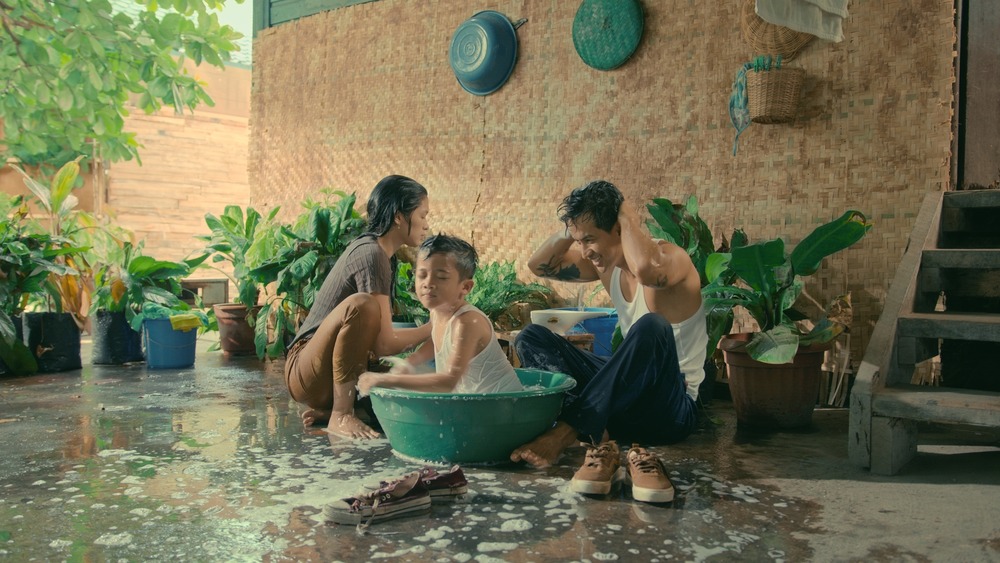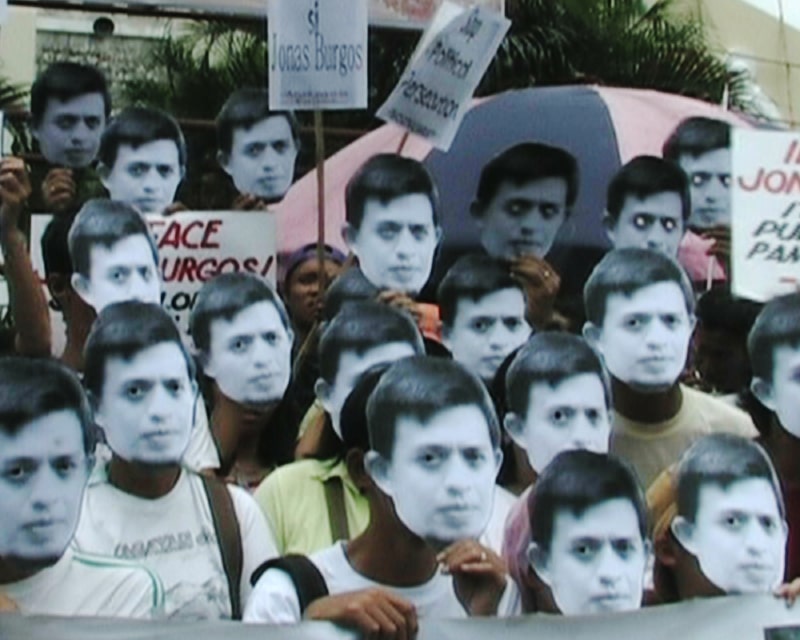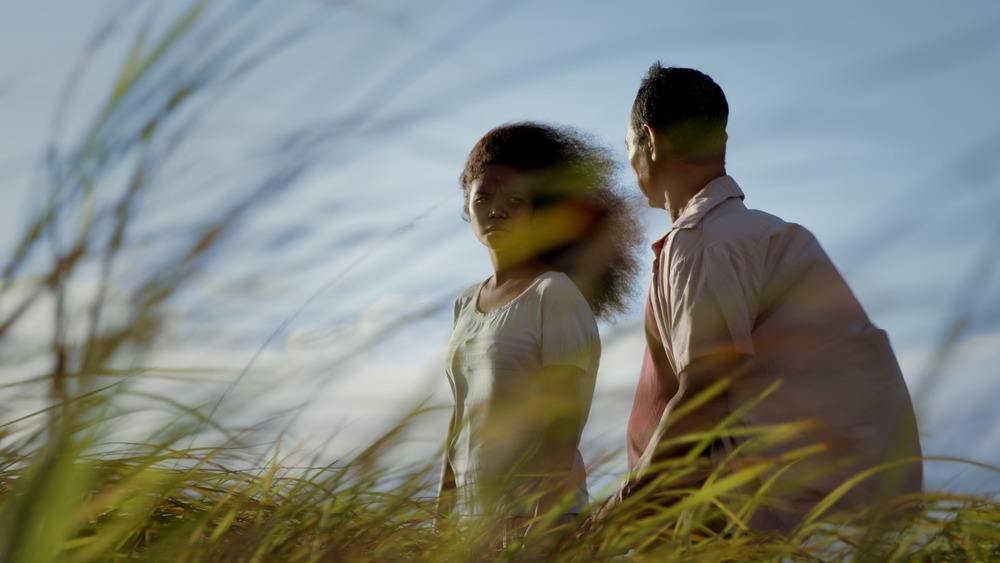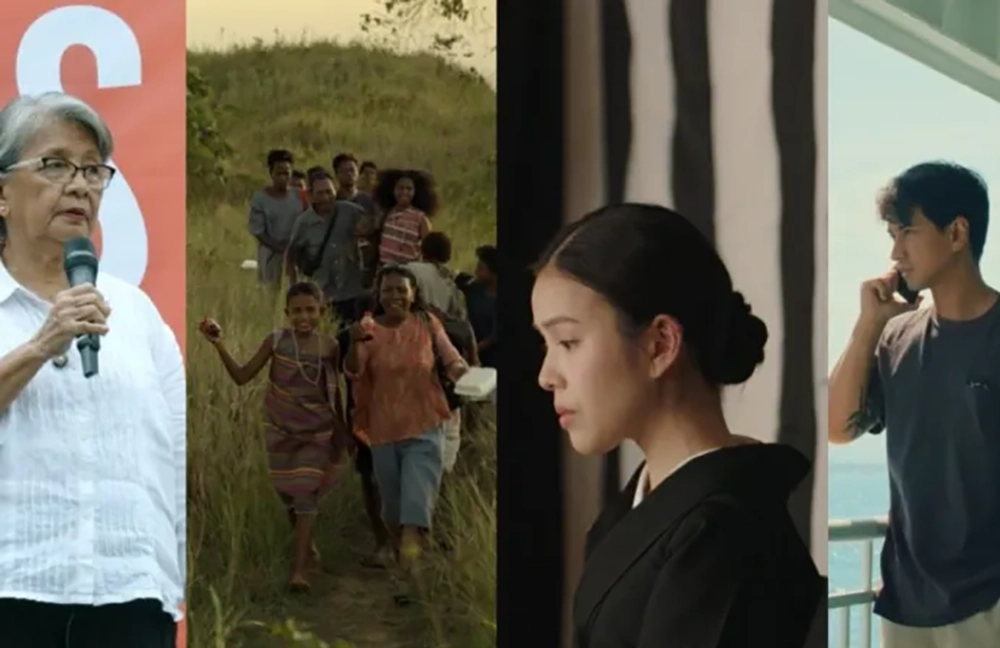As a vibrant celebration of independent filmmaking in the Philippines, the Cinemalaya Philippine Independent Film Festival showcases a diverse range of stories from one of Asia’s most dynamic film industries. Since its inception, Cinemalaya has become an essential platform for burgeoning Filipino filmmakers, exhibiting their work and giving audiences a glimpse into the vibrant cultural landscape and pressing societal issues in the country.
In our earlier Cinemalaya roundup, I wrote a few words about four of the eight feature-length films that I watched this year: “Balota,” “Kantil,” “Gulay Lang, Manong!” and “The Hearing.”
For this installment, I’ll cover the remaining four. But before anything else: sincere apologies go to the films that I missed, “An Errand” and “Wedding Dance.” The roundup would have been better had I got the chance to catch you.
Here are the capsule reviews of “Kono Basho,” “Love Child,” Alipato at Muog,” and “Tumandok.”

‘Kono Basho’ Delicately Examines Shared Grief amid the Backdrop of Historical Trauma
Ella (Gabby Padilla) travels to Rikuzentakata, Japan to attend her estranged father’s funeral. There, she meets his father’s second family, including her half-sister Reina (Arisa Nakano). Navigating the cultural and emotional complexities of the situation, Ella gradually shares her bitterness toward her father amid her grief; while having to see Reina — someone who for her represents who their father ultimately chose. For her part, Reina sees Ella as someone whom she had always aspired to be like, just to earn her father’s approval.
With Rikuzentakata’s post- 2011 earthquake and tsunami recovery as backdrop, “Kono Basho” (lit. ‘This Place’) delicately examines two sisters’ divergent paths in processing their shared grief, culminating in their reconnection amid the city’s ongoing recovery.
One wouldn’t think that this is the directorial debut of Jaime Pacena II, whose previous work mainly focused on music videos. With “Kono Basho,” his direction underscores the confidence of a filmmaker who has done this before, especially when complemented with the camerawork of Dan Villegas as well as Len Calvo’s score. The result is a perfect melding of the melodramatic tendencies of Philippine movies with the quotidian beauty of Japanese cinema.
I adore this film, even with its overuse of poeticism to zero in on the essence of rebirth and moving forward. As an intimate exploration of grief and loss, it contextualizes the collision of Japanese culture and Filipino identity that nonetheless share the same tenets. Ultimately, Pacena manages to stick the landing: sometimes, moving forward doesn’t mean moving on, but integrating such loss into one’s existence.
With the quality of this year’s entries, “Kono Basho” might face tough competition for the Best Picture award. But for this critic, it very well deserves to be.
Grade: A-

‘Love Child’: A Heartfelt Story Undermined by the Artifice of the Film’s Dialogues
Last year, I watched a documentary film titled “The Three of Us” by Israeli filmmaker Henya Brodbeker, which premiered at Doc NYC in New York. It was about a mother’s perspective, both visually and cinematically, of having to secure the proper care for her autistic son. I was reminded of Brodbeker’s film when watching director Jonathan Jurilla‘s “Love Child,” which at its core tells the same story through the parents’ perspective. The difference, however, lies with the execution.
With a message so simple yet profound — that of the lengths loving parents would go through for their children with special needs — Jurilla should have eliminated all the clunky dialogue about filmmaking in the screenplay (‘Our story is a rom-com’, ‘We are a big cliché’, ‘We express ourselves in English just like rom-com clichés’). Instead, “Love Child” boasts of a screenplay that’s littered with musings about films, directors, and the political climate of the country; a semblance of meta-consciousness that gives those scenes an element of artificiality.
For a story aiming to reach the audiences’ heart, Jurilla could have chosen to fine-tune some of the dialogue (written by Arden Rod Condez, Arianna Martinez, and Angel Benjamin based on a story Jurilla developed), and done away with unnecessary scenes that hinted upon bigger symbolisms but were ultimately left unresolved (coconuts, fish in the tank, last-minute shoe sizes by the airport).
Alas, all these served as roadblocks to what might have been a slam-dunk drama film featuring terrific performances from Jane Oineza and — especially — RK Bagatsing.
Grade: C

‘Alipato at Muog’: A Galvanizing Call to Action Not to Forget the Desaparecidos
Films about human rights violations committed by the state are made to stoke the consciousness of the society and fan the flames from still-burning embers — all to wake people up from sociopolitical slumber and shake them out of their apathy.
JL Burgos‘ “Alipato at Muog,” (lit. ‘Flying Embers and a Fortress’) which focuses on the enforced disappearance of his brother Jonas back in 2007, does exactly that.
Over the years, tens of thousands of people fighting for human rights and standing up for the marginalized end up getting abducted, neither to be seen nor heard from ever again. And while “Alipato at Muog” firmly keys in on one man’s disappearance and his family’s years-long search for the truth, the film makes its hopes clear that Jonas Burgos‘ case should never happen to anyone again — something that, as enraging as realities go, won’t likely come to fruition in this lifetime.
Judged as cinema, the film has a few issues, the choice to use animation in some sequences chief among them. But I acknowledge that it’s a minor quibble; because as a facts-based narrative, “Alipato at Muog” is a gripping documentary that ranks among the better films in Philippine cinema this year.
Grade: B+
Related List: Philippine Cinema, Front and Center: The Top 10 Filipino Movies of 2023

‘Tumandok’ Captures the (Unheard and Ignored) Plight of Indigenous Peoples in the Philippines
First, a confession: Before the film began, the casual moviegoer in me flippantly assumed “Tumandok” (lit. ‘The Inhabitants’) would be Cinemalaya’s “Killers of the Flower Moon.” I’m glad to have seen that such a remark, though generally a compliment, does this film a great disservice.
With “Tumandok,” Richard Jeroui Salvadico and Arlie Sweet Sumagaysay brilliantly capture the spirit of the indigenous peoples’ way of life; and juxtaposes it with the maddening bureaucracy and utter indifference of the local government to the IP’s plights.
I can’t stop thinking about this film. “Tell us where the end of the earth is, and we will go there to live in peace—” the Chieftain’s words to an elected official might be the most heartbreaking that I’ve heard from Philippine cinema this year.
From the screenplay (co-written by Sumagaysay and “Love Child’s” Arden Rod Condez) to Pabelle Manikan’s cinematography; “Tumandok” elicits goosebumps once the musical score kicks in, a collaborative, creative effort between musician Paulo Almaden and the Ati people of Kabarangkalan and Nagpana. This especially applies during the pivotal scene where the Chieftain’s daughter En (Jenaica Sangher) shares what she plans for herself and the tribe. I found myself not only weeping for them, but also hoping with them.
The land-grabbing, murdering and pillaging, and extrajudicial killing under the guise of military operations against rebel forces; the Ati tribe’s story encapsulates the countless stories of other IPs in the archipelago suffering the same ordeals — with many happening on the daily, and most remaining unheard.
Grade: A
“Kono Basho,” “Love Child,” “Alipato at Muog,” and “Tumandok” screened and competed at this year’s Cinemalaya Philippine Independent Film Festival, which ran from August 2 to 11, 2024. Follow us for continuing dispatches, reviews, capsules, and wrap-ups.


